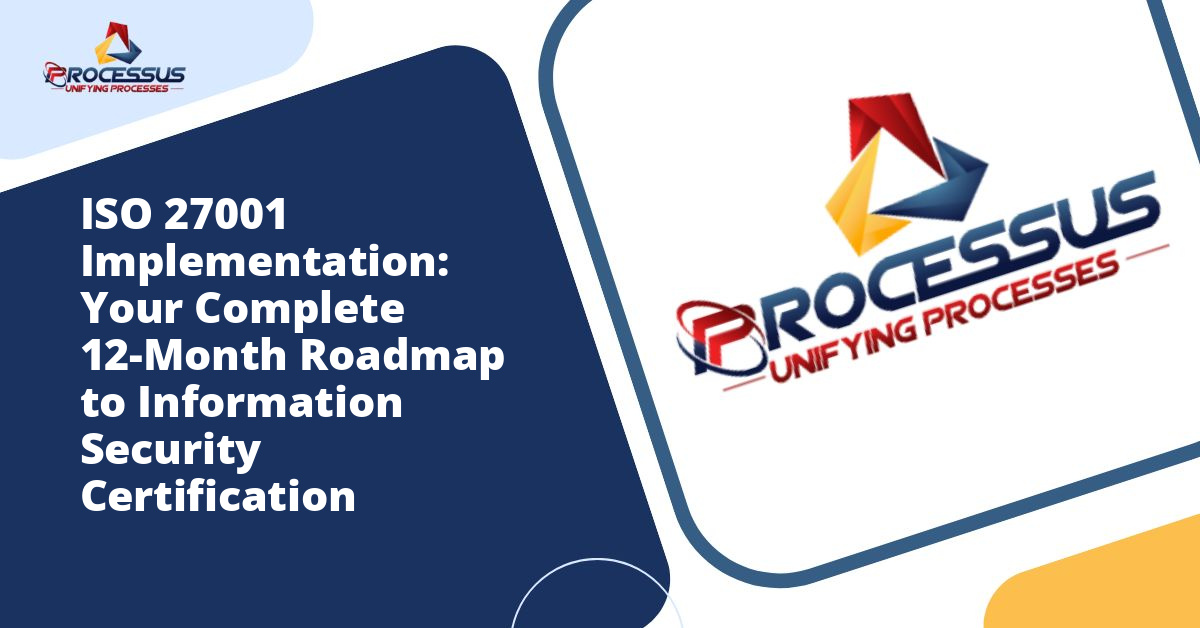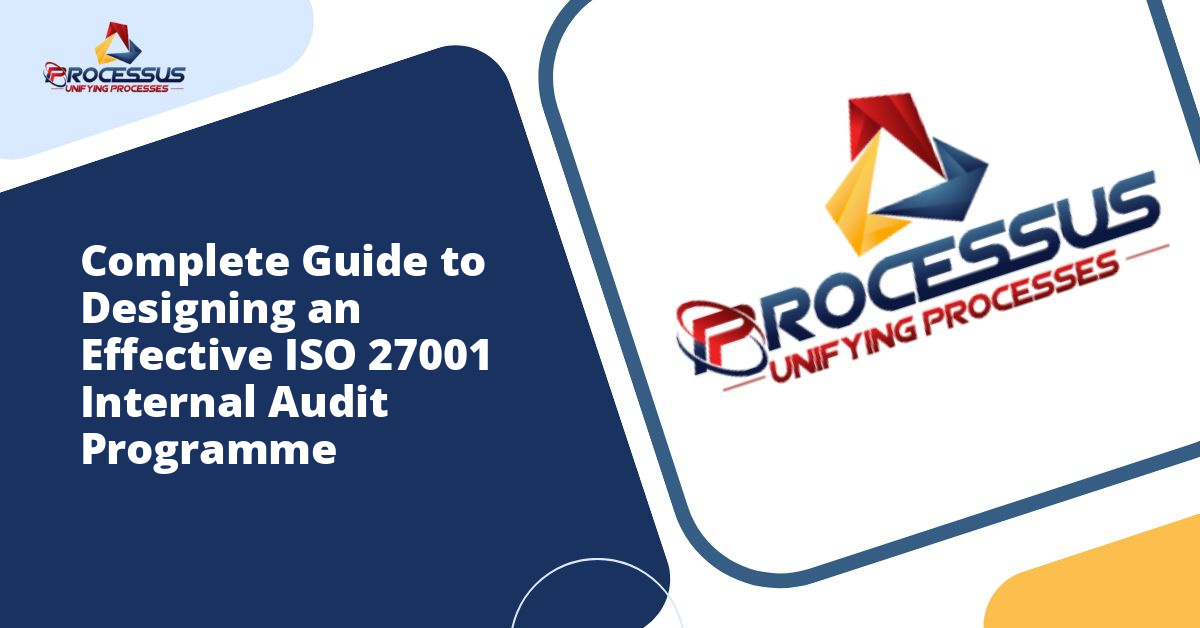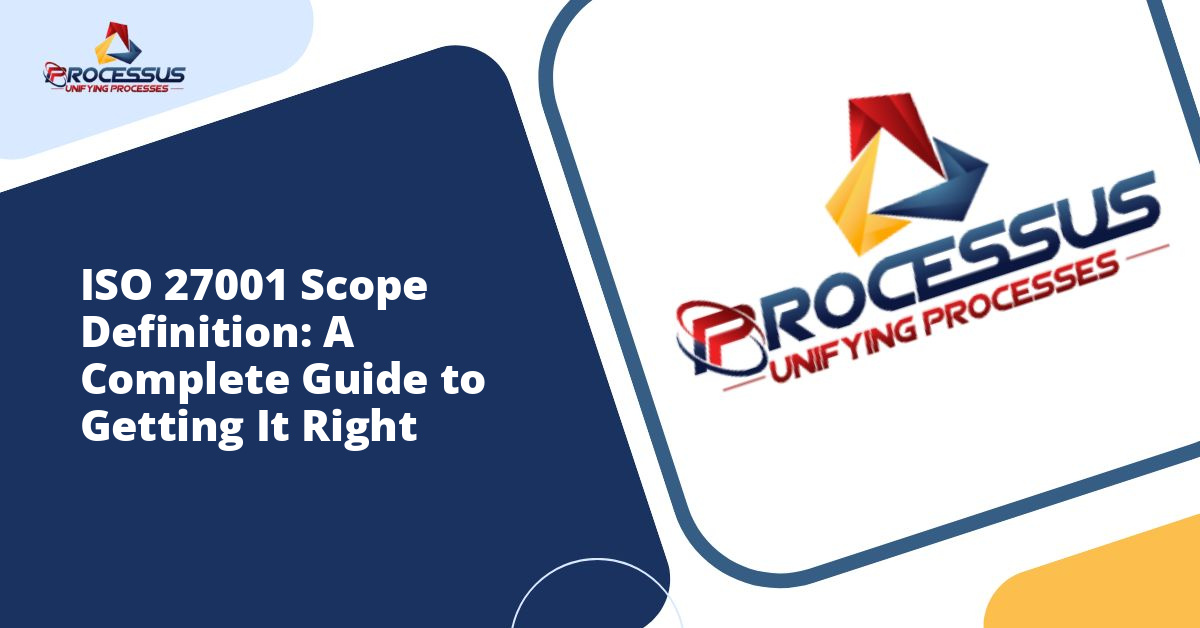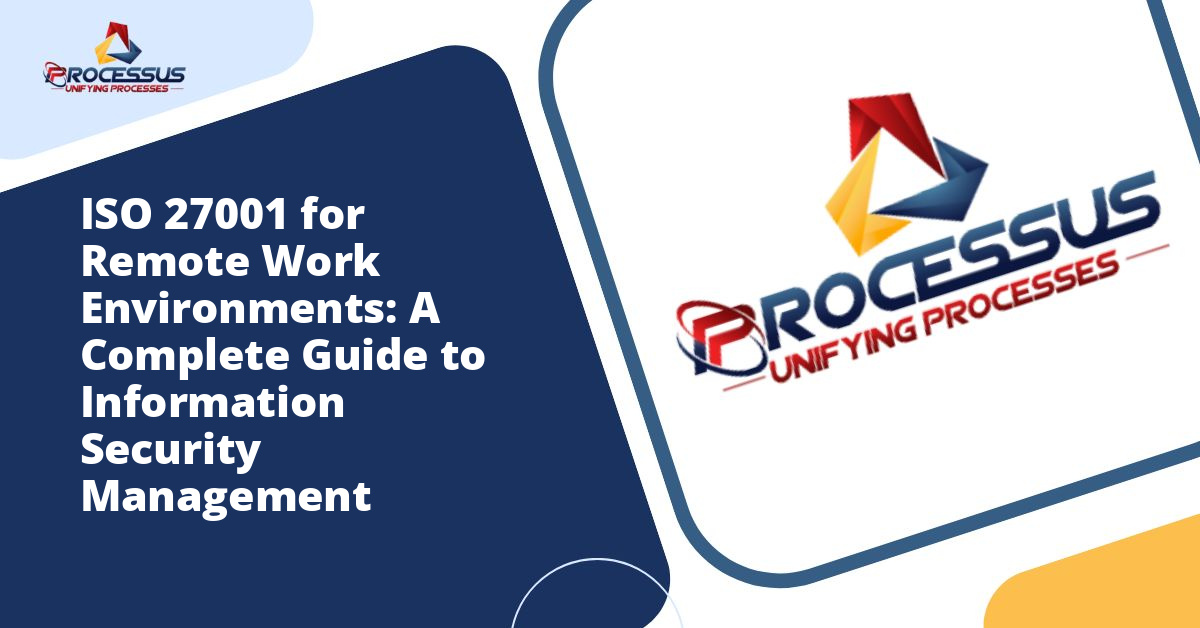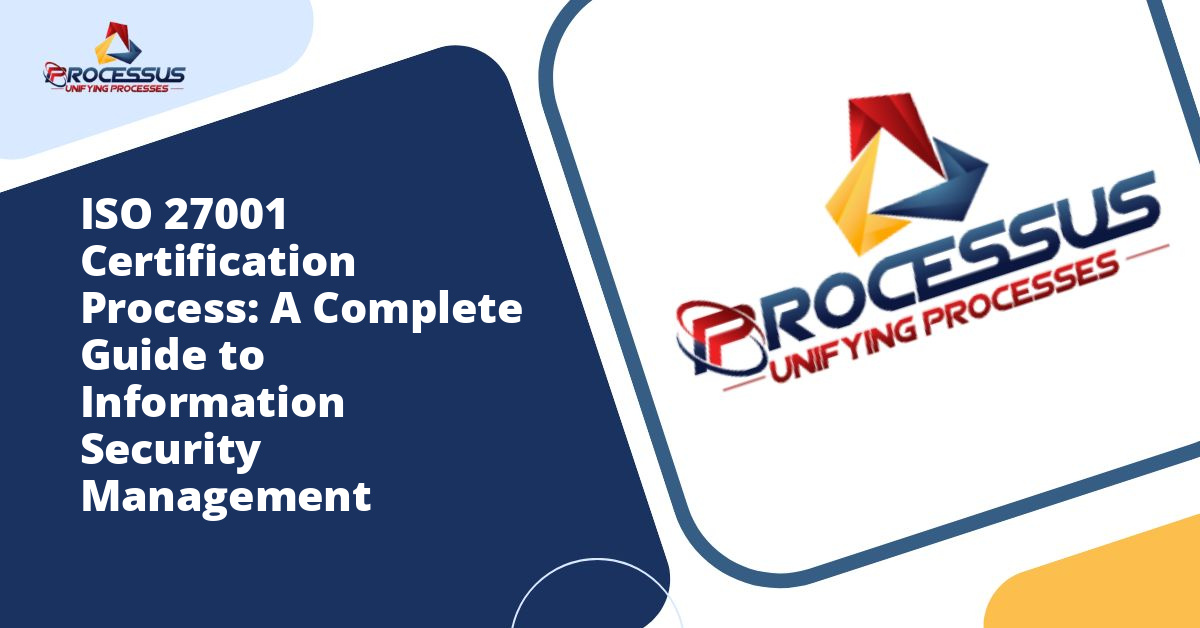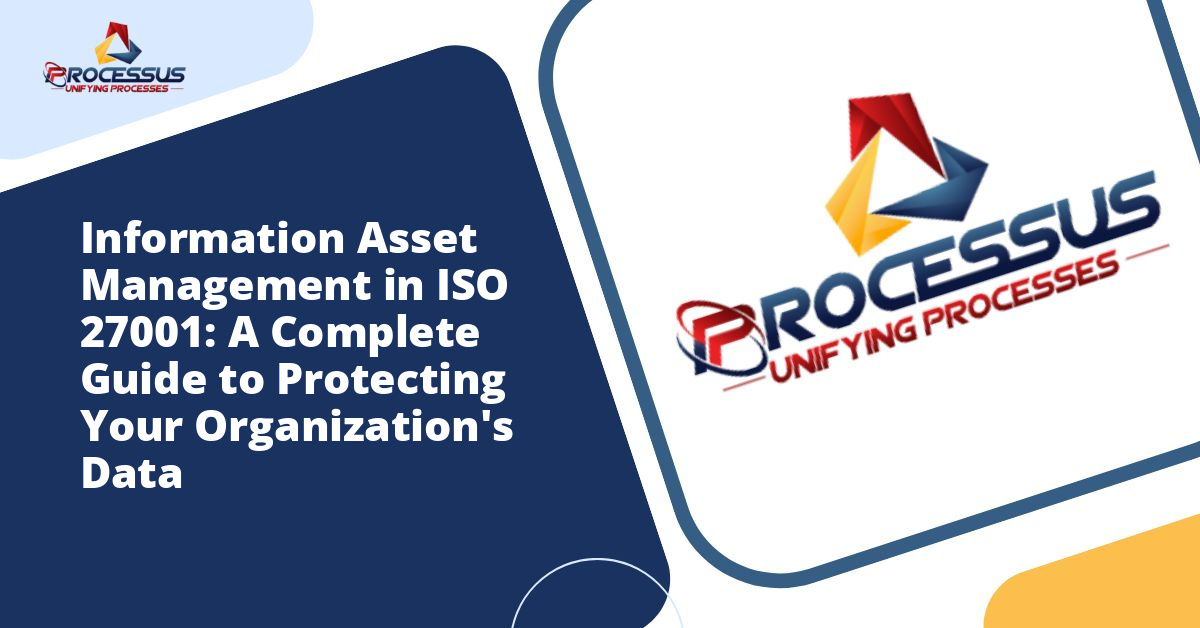In an era where data breaches and cyber threats dominate headlines, organizations worldwide are recognizing the critical importance of robust information security management systems. ISO 27001 certification has emerged as the gold standard for demonstrating commitment to information security, yet many organizations find themselves overwhelmed by the implementation process. This comprehensive 12-month roadmap will guide you through each phase of ISO 27001 implementation, transforming what seems like an insurmountable challenge into a manageable, structured journey.
Understanding ISO 27001 and Its Value Proposition
ISO 27001 represents the international standard for information security management systems (ISMS), providing a systematic approach to managing sensitive company information and ensuring its confidentiality, integrity, and availability. This framework goes beyond simple technical controls, encompassing people, processes, and technology into a comprehensive security architecture. You might also enjoy reading about What is ISO 27001: Your Complete Guide to Information Security Standards.
Organizations pursuing ISO 27001 certification gain significant competitive advantages in today’s marketplace. The certification demonstrates to clients, partners, and stakeholders that your organization takes information security seriously and has implemented internationally recognized best practices. Beyond reputation enhancement, certified organizations often experience reduced insurance premiums, improved operational efficiency, and better preparedness for emerging security threats. You might also enjoy reading about ISO 27001:2022 Transition Guide: What Certified Organisations Need to Know.
The implementation journey requires dedication, resources, and careful planning. However, breaking down this complex process into monthly milestones makes the path to certification more manageable and less disruptive to daily operations. You might also enjoy reading about ISO 27001 Information Security Management System.
Month 1: Foundation Building and Initial Assessment
The first month establishes the foundation for your entire implementation project. Begin by securing executive sponsorship and commitment, as leadership support proves essential throughout this journey. Without visible backing from senior management, teams may struggle to prioritize security initiatives amid competing demands.
Establishing Your Project Framework
Create a dedicated project team with clearly defined roles and responsibilities. Your core team should include representatives from IT, legal, human resources, operations, and other relevant departments. Appoint a project manager who will coordinate activities, track progress, and serve as the central point of contact for all implementation activities.
During this initial phase, conduct a gap analysis to understand your current security posture relative to ISO 27001 requirements. This assessment identifies existing controls, highlights deficiencies, and provides a realistic view of the work ahead. Document your findings thoroughly, as this baseline assessment will guide resource allocation and priority setting throughout the implementation process.
Defining Your ISMS Scope
One of the most critical decisions involves determining the scope of your ISMS. Many organizations make the mistake of attempting to certify their entire operation immediately, leading to resource strain and implementation delays. Consider starting with specific business units, locations, or services, then expanding scope over time. Your scope definition should align with business objectives while remaining meaningful to stakeholders and clients.
Month 2: Risk Assessment Methodology and Asset Identification
Month two focuses on understanding what you need to protect and developing the methodology for assessing security risks. Begin by creating a comprehensive asset inventory that includes information assets, physical assets, software applications, hardware systems, personnel, and services that support your business operations.
Developing Your Risk Assessment Framework
Establish the criteria and methodology you will use throughout the risk assessment process. Define how you will measure likelihood and impact, determine your risk acceptance criteria, and create consistent rating scales. This framework must be documented, approved by management, and applied consistently across all areas within your ISMS scope.
Your risk assessment methodology should consider various threat sources including malicious actors, natural disasters, human error, system failures, and third-party vulnerabilities. The framework must also account for legal, regulatory, and contractual obligations specific to your industry and geographic locations.
Month 3: Comprehensive Risk Assessment Execution
With your methodology established, month three involves conducting the actual risk assessment. This process identifies vulnerabilities, evaluates threats, and determines the potential impact of security incidents on your organization. The risk assessment forms the backbone of your entire ISMS, directly influencing control selection and implementation priorities.
Engage stakeholders across the organization during this process. Different departments possess unique insights into their operational risks and security challenges. IT teams understand technical vulnerabilities, while business units recognize operational and process-related risks. This collaborative approach produces more comprehensive and accurate risk assessments.
Document each identified risk with sufficient detail, including the asset at risk, potential threats, existing controls, likelihood ratings, impact assessments, and inherent risk levels. This documentation becomes a living document that you will revisit and update regularly throughout the ISMS lifecycle.
Month 4: Risk Treatment Planning and Control Selection
Once risks are identified and assessed, month four addresses how your organization will treat each risk. ISO 27001 provides four risk treatment options: risk modification through controls, risk retention by accepting the risk, risk avoidance by eliminating the activity creating the risk, and risk sharing through insurance or outsourcing.
Selecting Appropriate Controls
ISO 27001 Annex A provides 114 controls organized into 14 categories, covering everything from access control and cryptography to supplier relationships and compliance. Your control selection should directly address identified risks while considering feasibility, cost-effectiveness, and organizational culture.
Prepare a Statement of Applicability (SoA), a critical document that lists all Annex A controls and indicates whether each control is applicable to your organization. For applicable controls, provide implementation details and references to related documentation. For non-applicable controls, justify the exclusion based on your risk assessment findings and organizational context.
Month 5: Policy Development and Documentation
Month five concentrates on creating the documentation foundation required by ISO 27001. At the highest level, develop your Information Security Policy, which articulates management commitment and establishes the framework for setting security objectives. This policy should be concise, approved by top management, and communicated throughout the organization.
Creating Supporting Policies and Procedures
Beyond the overarching security policy, develop specific policies addressing areas such as access control, acceptable use, incident management, business continuity, and information classification. Each policy should clearly state its purpose, scope, responsibilities, and high-level requirements.
Transform policies into actionable procedures that provide step-by-step instructions for implementing controls. Procedures should be detailed enough to ensure consistency yet flexible enough to accommodate operational realities. Include work instructions, forms, templates, and other supporting documents that help personnel execute security activities correctly.
Establish documentation standards ensuring consistency across all ISMS documents. Define document formats, version control procedures, approval workflows, and retention requirements. Good documentation practices simplify maintenance and demonstrate compliance during certification audits.
Month 6: Technical Control Implementation Phase One
With planning complete, month six begins the practical implementation of technical controls. Prioritize controls that address high-risk areas identified during your risk assessment. Technical controls typically include access management systems, network security measures, encryption technologies, malware protection, and backup solutions.
Access Control Implementation
Implement user access management processes including account provisioning, authentication mechanisms, authorization protocols, and account deprovisioning. Deploy multi-factor authentication for systems containing sensitive information or providing remote access. Review and refine user access rights based on the principle of least privilege, ensuring individuals have only the access necessary for their job functions.
Network segmentation and perimeter security controls protect information assets from unauthorized access. Implement firewalls, intrusion detection systems, and secure network architecture that separates sensitive systems from less critical infrastructure. Establish secure configuration standards for all systems within your ISMS scope.
Month 7: Organizational Control Implementation
Month seven shifts focus to organizational and people-related controls. These measures often prove more challenging than technical controls because they require behavioral changes and cultural adaptation. Success depends on effective communication, training, and change management.
Security Awareness and Training Programs
Develop and deliver security awareness training appropriate to different audience segments. General staff require basic security hygiene training covering topics like password management, phishing recognition, clean desk policies, and incident reporting procedures. Technical staff need more advanced training on secure configuration, vulnerability management, and security monitoring.
Specialized training should be provided for individuals with specific security responsibilities, including system administrators, security personnel, and incident responders. Document all training activities, track completion rates, and assess effectiveness through testing or other validation methods.
Human Resource Security Controls
Review and update employment contracts, confidentiality agreements, and acceptable use policies to incorporate information security requirements. Implement background verification processes appropriate to the sensitivity of positions being filled. Establish clear procedures for role changes and employment termination that address security considerations at each transition point.
Month 8: Operational Control Implementation
Month eight addresses operational security controls that protect information throughout its lifecycle. These controls govern how information is created, processed, stored, transmitted, and ultimately destroyed or archived.
Information Classification and Handling
Implement your information classification scheme, typically consisting of categories such as public, internal, confidential, and strictly confidential. Each classification level should have associated handling requirements addressing storage, transmission, access, and disposal. Train staff on how to classify information correctly and follow appropriate handling procedures.
Deploy technical controls that enforce classification policies, such as email filters that scan for sensitive information, data loss prevention tools that monitor information movement, and encryption solutions that protect data at rest and in transit.
Change Management and Configuration Management
Establish formal change management processes for systems within your ISMS scope. Document procedures for requesting, reviewing, testing, approving, implementing, and validating changes. Maintain configuration baselines and regularly verify that systems comply with approved configurations.
Month 9: Supplier Relationships and Third-Party Security
Modern organizations rely heavily on suppliers, vendors, and service providers, each representing potential security risks. Month nine addresses these external relationships through appropriate controls and contractual arrangements.
Develop a supplier security assessment process that evaluates information security practices before engaging new vendors. The depth of assessment should correspond to the sensitivity of information shared and the criticality of services provided. Maintain an inventory of suppliers with access to your information or systems.
Incorporate security requirements into supplier contracts, including provisions for security controls, audit rights, incident notification, data protection, and service level agreements. Establish processes for monitoring supplier compliance with security obligations throughout the relationship lifecycle.
Month 10: Incident Management and Business Continuity
Month ten implements capabilities for responding to security incidents and maintaining operations during disruptions. Effective incident management minimizes damage, reduces recovery time, and provides valuable learning opportunities for continuous improvement.
Incident Response Planning
Establish an incident response team with clearly defined roles including incident coordinator, technical investigators, communications lead, and management liaison. Develop response procedures covering detection, analysis, containment, eradication, recovery, and post-incident review phases.
Create incident classification criteria that determine response priorities and escalation requirements. Implement logging and monitoring capabilities that support incident detection and investigation. Conduct tabletop exercises to validate response procedures and build team capabilities.
Business Continuity Management
Perform a business impact analysis identifying critical business processes, acceptable downtime thresholds, and recovery priorities. Develop business continuity plans that define strategies for maintaining or rapidly restoring essential operations following disruptions. Address information security considerations in continuity arrangements, including secure failover procedures and protected backup locations.
Month 11: Monitoring, Measurement, and Internal Audit
Month eleven establishes processes for monitoring ISMS performance, measuring control effectiveness, and conducting internal audits. These activities provide assurance that your ISMS operates as intended and continues meeting organizational needs.
Performance Monitoring and Metrics
Define key performance indicators and metrics aligned with your security objectives. Common metrics include incident frequency and severity, vulnerability remediation timelines, training completion rates, access review compliance, and backup success rates. Establish regular reporting schedules that provide management with visibility into ISMS performance.
Internal Audit Program
Develop an internal audit program covering all ISMS areas within planned intervals. Train internal auditors on ISO 27001 requirements and audit techniques. Conduct audits according to a schedule that ensures comprehensive coverage before your certification audit. Document findings, track corrective actions, and use audit results to drive continuous improvement.
Month 12: Management Review and Certification Preparation
The final month focuses on management review activities and preparing for the certification audit. Management review represents a critical control point where leadership evaluates ISMS performance, reviews significant changes, and makes decisions about resource allocation and strategic direction.
Conducting Management Review
Present comprehensive information to management including audit results, incident trends, performance metrics, stakeholder feedback, changes in the external environment, opportunities for improvement, and status of corrective actions. Management should review this information and make decisions regarding ISMS modifications, resource needs, and acceptable risk levels. Document all management review activities, decisions, and action items.
Certification Audit Preparation
Engage an accredited certification body to conduct your certification audit, which typically occurs in two stages. Stage one involves a documentation review where auditors verify that your ISMS documentation meets ISO 27001 requirements. Stage two consists of an implementation audit where auditors verify that documented processes are actually followed and controls operate effectively.
Prepare your organization for the certification audit by conducting a final readiness assessment. Review all documentation for completeness and accuracy. Ensure that personnel understand their security responsibilities and can articulate how they contribute to the ISMS. Gather evidence demonstrating control implementation and effectiveness.
Beyond Certification: Maintaining and Improving Your ISMS
Achieving ISO 27001 certification represents a significant accomplishment, but the journey does not end with certificate issuance. Maintaining certification requires ongoing commitment to operating your ISMS, conducting regular reviews and audits, and pursuing continuous improvement.
Surveillance audits occur annually, with recertification required every three years. Treat these audits as opportunities to validate the value your ISMS provides rather than merely compliance checkboxes. Continue evolving your security program in response to changing threats, new technologies, business growth, and lessons learned from incidents and near-misses.
Foster a security-aware culture where information protection becomes embedded in how your organization operates rather than an external requirement imposed by the security team. Celebrate successes, recognize contributions, and maintain leadership engagement in security matters.
Common Implementation Challenges and Success Factors
Organizations commonly encounter several challenges during ISO 27001 implementation. Resource constraints often create competing priorities between implementation activities and operational responsibilities. Address this through realistic project planning, appropriate resource allocation, and clear prioritization supported by leadership.
Resistance to change represents another frequent obstacle, particularly when security controls alter established work practices. Overcome resistance through effective change management, clear communication about the benefits of improved security, and involving affected stakeholders in solution design.
Documentation burden can overwhelm implementation teams unaccustomed to formal management systems. Focus on creating practical, usable documentation rather than producing volumes of paperwork that satisfy auditors but provide little operational value. Start with minimum viable documentation and enhance over time based on actual needs.
Success factors include sustained executive support, dedicated project resources, realistic timelines, effective communication, appropriate training, and viewing implementation as a business improvement initiative rather than purely a compliance exercise. Organizations that approach ISO 27001 strategically, aligning security objectives with business goals, derive maximum value from their investment.
Conclusion
ISO 27001 implementation represents a substantial undertaking requiring commitment, resources, and perseverance. However, following a structured 12-month roadmap transforms this complex project into manageable phases, each building upon previous accomplishments. The benefits extend far beyond the certification itself, establishing robust security foundations that protect your most valuable information assets, enhance stakeholder confidence, and position your organization for sustainable growth in an increasingly security-conscious marketplace.
Begin your journey with careful planning, maintain momentum through consistent execution, and view challenges as opportunities for organizational improvement. The path to ISO 27001 certification may be demanding, but organizations that complete this journey consistently report that the improved security posture, operational benefits, and competitive advantages justify the investment many times over.

